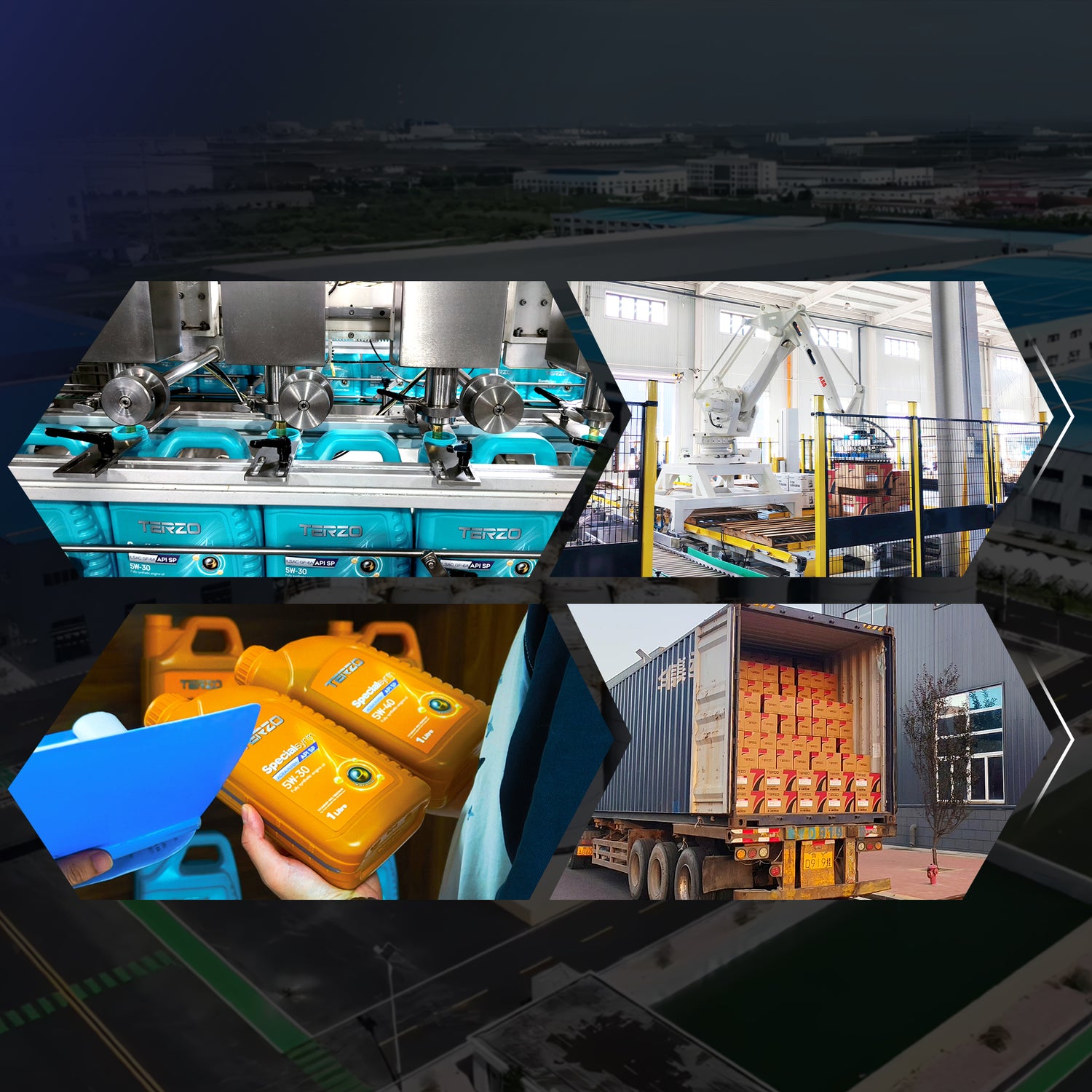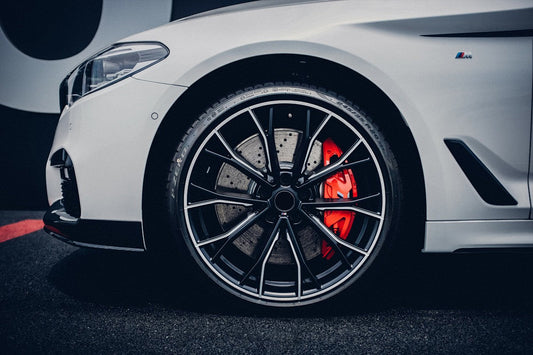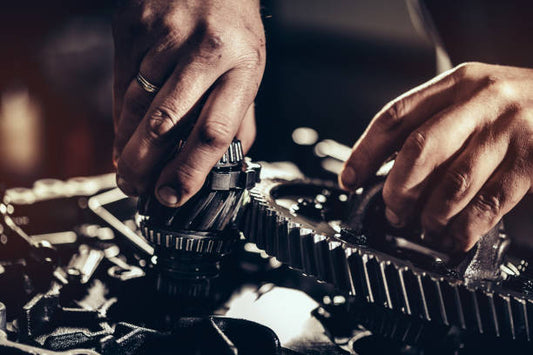Engine Oil Cooler & Low Engine Oil Pressure
1. Engine Oil Cooler Function
An engine oil cooler is a heat-exchange device designed to regulate engine oil temperature by dissipating excess heat. It works by circulating hot oil through tubes or fins exposed to airflow or coolant, maintaining optimal lubrication and preventing overheating
Common types include air-cooled, liquid-cooled, and plate-type coolers, with applications ranging from high-performance vehicles to heavy-duty trucks 
2. Low Engine Oil Pressure: Causes & Risks
Low oil pressure occurs when the oil pump fails to maintain adequate pressure (typically 20–60 psi), risking engine damage. Key causes include:
Low oil level due to leaks or consumption.
Faulty oil pump or clogged oil filter.
Worn engine bearings increasing internal clearances.
Contaminated or degraded oil reducing viscosity
Symptoms: Dashboard warning lights, engine knocking, overheating, and poor performance. Prolonged low pressure can lead to catastrophic engine failure

3. Connection Between Oil Coolers & Oil Pressure
While oil coolers improve thermal management, improper use or malfunctions can indirectly affect oil pressure:
Cooler Leaks: A damaged cooler may allow coolant to mix with oil, altering viscosity and pressure
Restricted Flow: Clogged coolers or excessive cooler size can impede oil circulation, lowering pressure
Overcooling: Extreme cooling may thicken oil, increasing pump workload and reducing efficiency in cold climates 
4. Solutions & Maintenance Tips
For Low Oil Pressure:
Check oil level and top up with the correct viscosity oil.
Replace clogged filters and inspect for leaks.
Test oil pump integrity and repair worn bearings
For Oil Cooler Issues:
Inspect for leaks or blockages in cooler lines/tubes.
Ensure proper airflow/coolant flow around the cooler.
Use high-quality materials (e.g., aluminum/stainless steel) to prevent corrosion
5. When to Seek Professional Help
If oil pressure warnings persist despite maintenance, consult a mechanic to diagnose sensor faults, pump failure, or internal engine wear. Regular inspections of both the oil cooler and lubrication system can prevent costly repairs
By addressing both components, you ensure optimal engine temperature control and lubrication, extending vehicle longevity.




